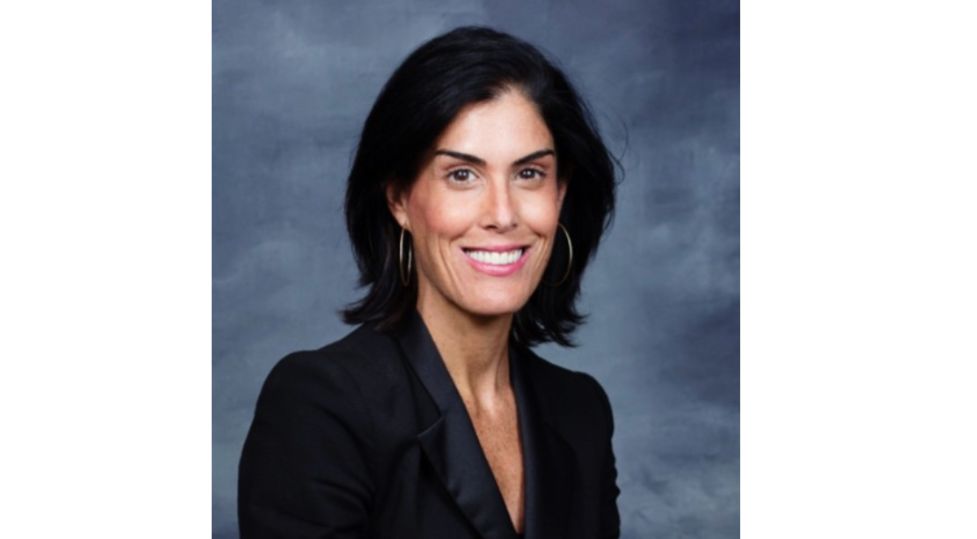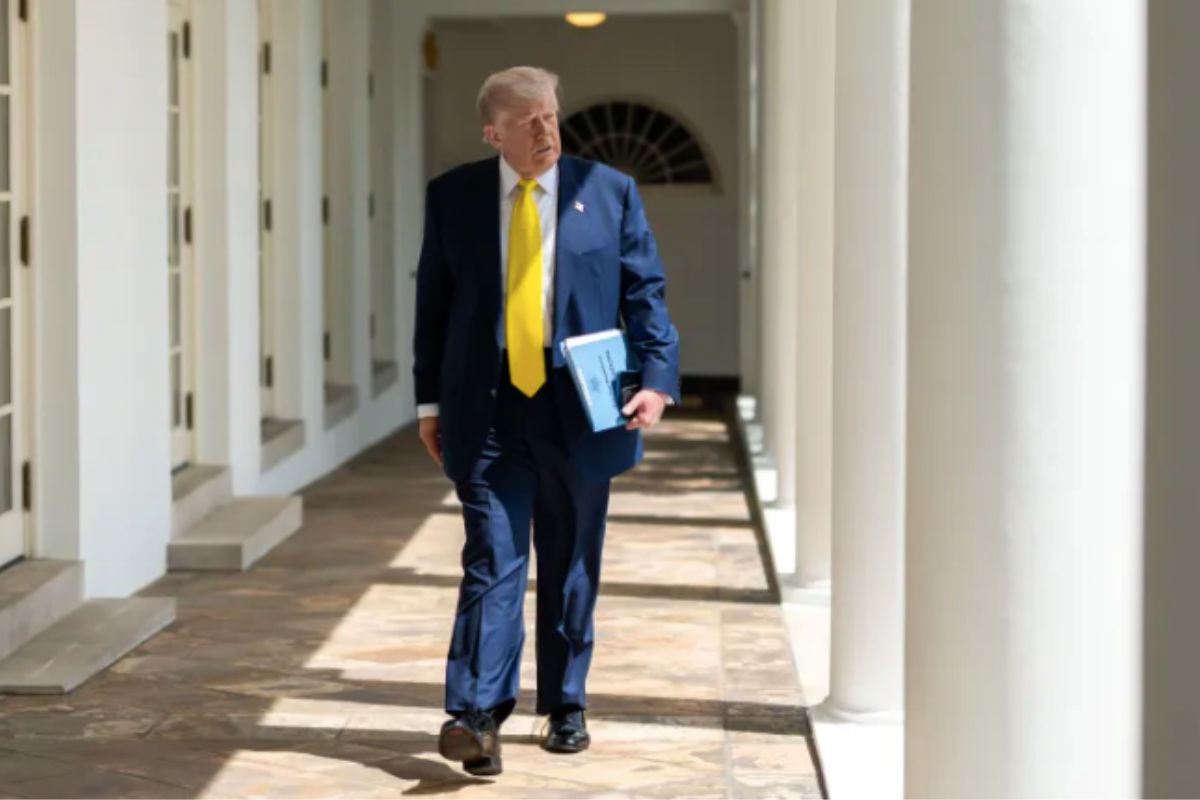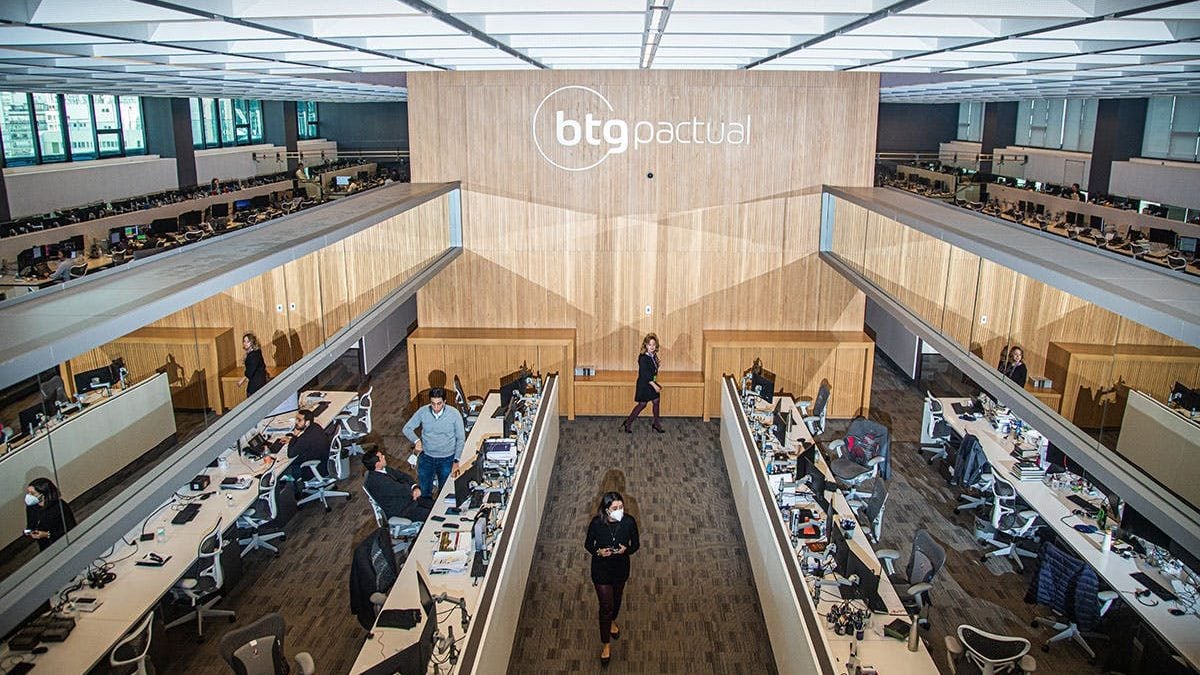The Consequences of the French Confidence Vote: Volatility and Debt Rating Review
| By Amaya Uriarte | 0 Comentarios

The French Prime Minister, François Bayrou, has called for a vote of confidence on his fiscal plans, which include €44 billion in budget cuts. The vote is scheduled for September 8, and Bayrou has stated that he will resign if it does not pass. Since this announcement, the main French opposition parties have been quick to declare that they will not support the prime minister’s proposals.
Markets have also reacted to Bayrou’s plans. Notably, the spread between German and French 10-year bonds surged to nearly 80 basis points. Although still below the highs recorded at the end of 2024, it is worth noting that the spread is now higher than that of Spain or Greece. In other words, France pays more than those countries on newly issued debt.
The consequences will extend to other areas. For example, John Taylor, Head of European Fixed Income at AllianceBernstein, expects credit rating agencies to update their ratings on France in the coming months, starting with Fitch on September 12. “There is a high probability that at least one agency will downgrade France’s rating to a single A in the coming months,” the expert predicts, noting that September usually sees an increase in sovereign supply, “which has historically had a negative seasonal impact on European spreads.”
Some agencies have already shared their views on the matter. One such case is Scope Ratings, which states clearly: “political obstacles hinder fiscal consolidation.” The firm points out that political gridlock “undermines” the projected reduction of the budget deficit to 5.4% in 2025 and 4.6% in 2026, from 5.8% of GDP in 2024. Instead, their base case is that France’s budget deficit will only decline to 5.6% of GDP in 2025 and 5.3% in 2026.
The agency also notes that net interest payments are expected to rise to approximately 4% of government revenue in 2025 from 3.6% in 2024, in line with Belgium (AA-/Negative, 3.8%) but still below Spain (A/Stable, 5.2%) and the United Kingdom (AA/Stable, 6.6%). Similarly, yields on 10-year French government bonds have risen moderately but steadily to 3.5%, converging with those of Spain and Italy (BBB+/Stable).
While this is not their base case, Scope Ratings believes that a favorable outcome in the vote of confidence would be a significant step forward and would support short-term budgetary commitments. However, they warn that political uncertainty ahead of the municipal elections in March 2026 and the presidential elections in April–May 2027 “remains a key credit challenge.”
Therefore, they conclude that France’s medium-term fiscal outlook “remains constrained by a fragmented political landscape, growing polarization, and an electoral calendar that hampers political consensus on economic and fiscal reforms.”
Credit ratings, along with quantitative tightening and the additional bond supply the market must absorb, “could contribute to increased volatility in the coming weeks,” according to Taylor.
The AllianceBernstein expert acknowledges that the firm had already anticipated this political development as “inevitable,” given the difficult budget negotiations France must conduct with a fragmented parliament. As a result, they have maintained an underweight position in French sovereign debt in their global and European accounts, “as the market seemed to have underestimated this risk.” However, he believes the risk will remain isolated to French sovereign and agency debt, thus reiterating his overweight position on the euro.
Meanwhile, Mitch Reznick, Head of Fixed Income for London at Federated Hermes Limited, says the market is reacting to concerns that one of the widest budget deficits in Europe may not be reversed; the prospect of a wave of strikes and protests; and general economic disruption. “Under these conditions, it’s very difficult to imagine that French risk assets can outperform in the short term,” he argues, while explaining that the rise in French bond yields “could open some interesting medium- to long-term investment opportunities for strong credit profiles.”
The political situation in France has forced Schroders strategists to rethink their strategy. This is revealed by Thomas Gabbey, Global Fixed Income Manager at the firm. “We expect political tension to return in the second half of 2025, as we anticipate that the 2026 budget negotiations will spark inter-party disagreements and lead to new elections.” With this in mind, Gabbey began underweighting French sovereign bonds in portfolios starting in June and increased that underweighting in early August, “as we did not believe the market was sufficiently pricing in the political or fiscal risk of French bonds.”
One of the key themes Gabbey admits to having worked with this year has been signs of European recovery, driven mainly by the manufacturing sector and supported by a sharp shift in German fiscal policy toward increased infrastructure spending. “Renewed political uncertainty in France could derail this European growth rebound, and it’s something we’ll continue to monitor for any sign of impact on business confidence,” the expert explains.
Julius Baer points out that, as has occurred in the past, France’s debt affordability remains relatively high, “given that the country has benefited from a very long period of very low financing costs and a long average debt maturity.” A situation which, in the firm’s view, “should limit the potential for a massive sell-off of French government bonds.” Nevertheless, Julius Baer experts do not foresee a quick resolution to the current political dilemma and therefore believe that “the additional spread on French public debt is not going to disappear so easily either.”
Meanwhile, at Bank of America, they see opportunities in this situation: given the political risk premium, they consider it attractive to hold CAC volatility and protective puts on certain French stocks, “based on a proxy hedging analysis, in case concerns over a government collapse intensify.” In fact, they see room not only for CAC volatility to continue rising relative to the German DAX, but also for the spread itself to widen further “if history is any guide.”










